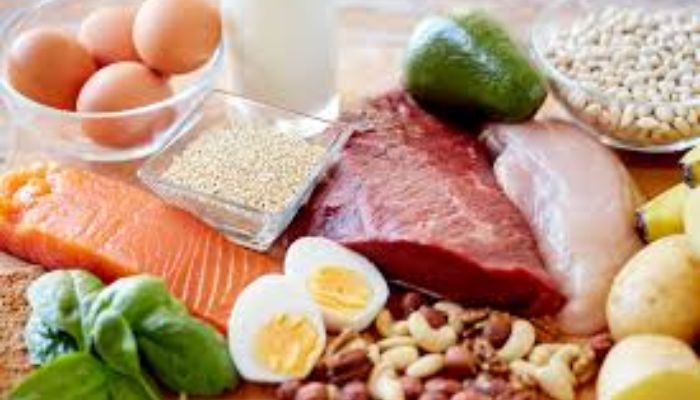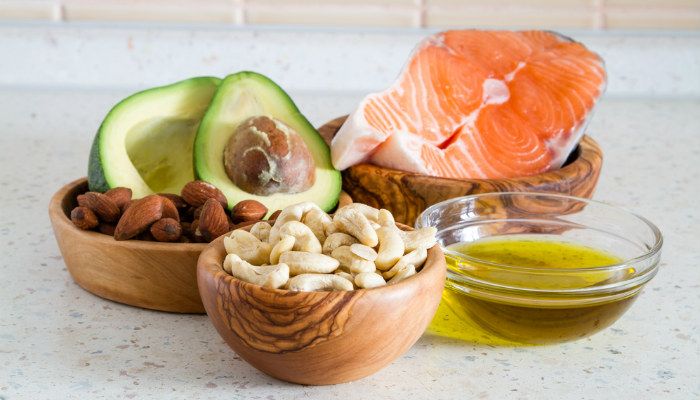Over the past seven years, I’ve worked as a dietitian and helped hundreds of people with their eating. One question I’m often asked is, “How many calories are in basic foods?” Read the “Ultimate Guide to Calories in Everyday Foods What You Need to Know” in detail below.
Actually, calories can be hard to understand. Changing just 200 to 300 calories a day can make a big difference in how well people manage their weight. What a reason to have the correct information.
Calories will be easier to understand in this complete guide. What you will learn is
- Definition of calories and how they work
- Estimating the number of calories in everyday foods
- Strategies for keeping your calorie intake in check
- Some of my favorite ways to cut calories are listed below.
You will know what to eat before you read this, so you can make choices that are good for your health.
What Are Calories and How Do They Work?
The amount of energy that foods and drinks hold is measured in calories. This energy powers all of your body’s processes, like breathing, moving, digesting, and improving circulation.
How many calories you need each day depends on:
- Size Gender Age
- How tall or heavy you are
- Degree of activity
Active women in their 30s, for instance, need around 2,000 calories a day. An inactive 60-year-old man may only need 1,600 calories.
Overeating means your body stores extra calories as fat. Eventually, this makes you gain weight. Low-calorie intake can make you tired, deficient in nutrients, and cause you to lose weight without wanting to.
Intake of calories should be balanced for health reasons. How can we figure out how many calories are in common foods?
How to Estimate Calories in Everyday Foods
Estimating calories is easier than ever before, thanks to food labels and online databases. Consider these ideas:
Check Food Labels
Calories per serving are shown on the nutrition facts panel on packaged foods. If you eat more than the serving size, you’ll need to do the math.
A 100-gram yogurt cup, for instance, might have 100 calories. Indulging in the whole container, which is meant for two servings, will give you 200 calories.
Use Online Databases
Foods that aren’t labeled, like restaurant meals, can use online calorie databases. The USDA FoodData Central database has information on more than 8,000 foods’ calories. An enormous number of users have added information to apps like MyFitnessPal’s databases.
When using databases, pick the food that looks most like what you ate. Different entries can be found, so look at a few and, if necessary, take the average of the numbers.
Estimate Home-Cooked Meals
Calorie counting can be hard for mixed dishes like soups and casseroles. For dietitians, I suggest breaking recipes down into their separate parts.
A bowl of veggie chili, for instance, might have these basic parts:
- 240g tomatoes (50kcal)
- 170g of beans (120 calories)
- 100g vegetables, like peppers, onions, and so on (35 calories)
- 2 tablespoons oil (240 calories)
Sum up the calories in each ingredient and divide by the recipe’s serving size. This gives you a good notion of the amount.
Using a kitchen scale to weigh food takes away some of the guesswork and helps you guarantee the right serving sizes.
Tips for Balancing Your Calorie Intake
Equilibrating the calories you eat is the next step once you know what foods you normally eat contain. From my seven years of experience as a counselor and dietitian, here are some of my best advice.
Focus on Nutrient Density
Some foods have more nutrients per calorie than others. Nutrient-dense foods are these.
Strawberries have a lot more fiber, vitamins, minerals, and antioxidants than jelly beans, which also have 200 calories.
Eating foods that are higher in nutrients will make you feel full while helping you stay within your calorie limit. Put non-starchy vegetables on half of your plate and focus on lean proteins, whole grains, beans, fruits, healthy fats, low-fat dairy, and other foods that are considered healthy.
Portion Control
Many calories can be gained from eating too many healthy foods. Portion control is very important, especially when eating foods that are high in calories, like meat, nuts, oils, and cheese.
Buying food scales and measuring cups is helpful. Additionally, I suggest using smaller bowls, plates, and utensils to avoid eating too much.
Meal Planning
Planning meals and snacks for the week ahead of time can help you stick to your calorie limit. Saving a few flexible meals like chili, soup, roasted vegetables, and whole grains for later makes healthy eating more stable and long-lasting.
Cleaning and chopping vegetables, hummus, boiled eggs, plain Greek yogurt, and fresh fruit are all easy to grab as healthy snacks.
My Best Calorie-Saving Food Swaps
I’ve learned over the years some simple ways to change foods that actually taste better while saving a lot of calories. These are some of my favorites:
Select low-fat or nonfat dairy over full-fat varieties. Changing 2 cups of whole milk to 2 cups of nonfat milk will save you 160 calories.
To cook, use olive oil instead of butter or coconut oil. Two tablespoons of butter have 102 calories, while one tablespoon of coconut oil has 117 calories. Additionally, olive oil has fats that are good for your heart.
Try drinking water with your meals instead of sugary drinks. Coca-Cola has 140 calories in a 12-ounce can, but water has none. A tasty and low-calorie alternative is herbal iced tea.
Chicken or fish are better choices than red meats because they are lower in fat. Salmon has 208 calories and chicken breast has 165 calories per 100 grams. Grounded beef has 277 calories for the same amount.
Use vegetables instead of high-calorie toppings on your salads and grain bowls. 1/4 cup of nuts, for instance, can add more than 200 calories, but 1 cup of broccoli florets only adds 30.
Conclusion
Keeping your calorie intake in check is a big part of controlling your weight and lowering your risk of getting medical problems. Being a dietitian, the first thing I tell new clients is to get accurate estimates for foods they eat every day.
You should now have a good understanding of calories, including how they work in the most basic way and how to estimate and lower your intake. Please do not hesitate to get in touch if you require any specific help. Wishing you the best on your path to health and wellness! I hope you understand the article “Ultimate Guide to Calories in Everyday Foods What You Need to Know”.

Pooja Bohra is a certified nutritionist with over 8 years of experience in the field. At UnderCalories.com, she specializes in creating personalized dietary plans and promoting sustainable health practices, grounded in evidence-based research. Pooja is dedicated to helping individuals achieve their wellness goals. Follow her on Instagram for the latest tips and insights on balanced nutrition and healthy living.

